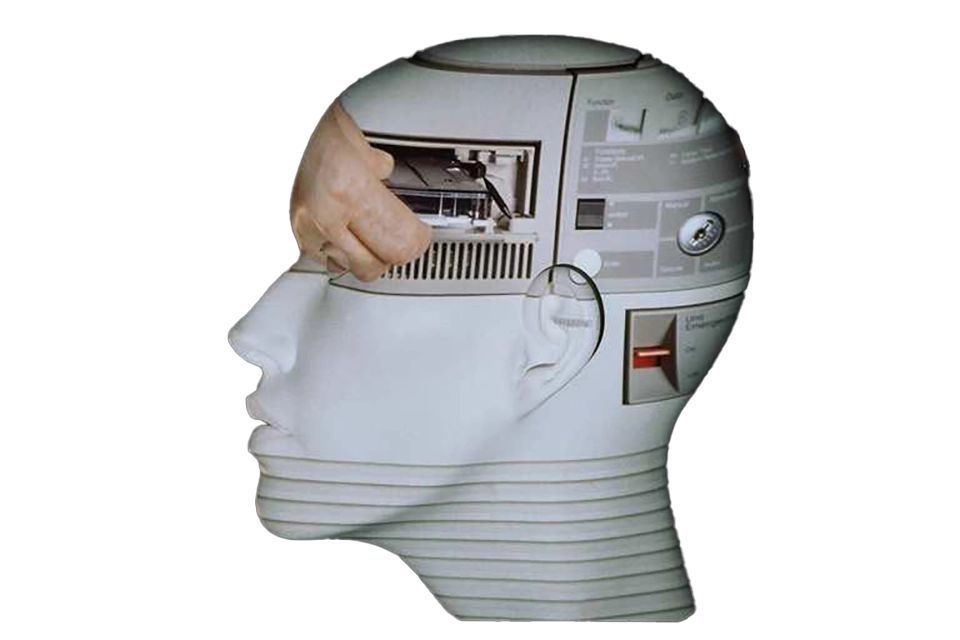Our objective is to teach you how to claim SR&ED for yourself by advising you when and where you need assistance, and providing support in those areas on an as needed basis
Sometimes you just need someone to explain the program to you, to understand what is required in order to develop an SR&ED claim. While claim filing may appear complex upon reading its description on the CRA website, it can be rendered into a series of manageable steps. Things like determining eligibility becomes one step. Gathering costs becomes another. Developing the supporting documentation a third. Filling out the T-661 another. We have worked with hundreds of clients to prepare eligible claims and can teach you how to do it yourself.
One of the more complicated tasks in claiming SR&ED is self-assessing whether you have eligible SR&ED to claim. The word the program uses to describe SR&ED eligibility is ‘advancement’. The openness of the program allows you to succeed or fail in your attempt to improve your technology or process and still claim SR&ED. The improvement can be incremental; it doesn’t need to be patentable. Try to solve a problem using unpublished means which creates new knowledge employing qualified people and a systematic approach, document your point of departure and work performed, cost it and you’ve nailed it.
The best way to properly prepare to claim an eligible series of tasks or activities within your normal development activity is to keep detailed notes of the work you do as you do it. Many claimants forgo this critical step. Retain records of time spent on the project versus time spent on day-to-day work. Complicated? The best way to ensure that you capture anything that may support your SR&ED claim is to manage your research project as a series of tasks of which a sub-set are being claimed. Since the SR&ED is generally a portion of the the entire project, unless it is the project, you may want to have help running all of the steps to claim as a model for future recording of the elements. We can help you to set up a structure using your own SR&ED, for use in ensuring tasks and timing are recorded and prepared for timely filing.
What is scoping?
An eligible project begins with a departure from standard practice and usually begins with the question, ‘what if?’. ‘What if we decided to do it this way, is there any available public knowledge that we can use to achieve our objective?’. If the novel approach you intend to trial is published or known, this is not SR&ED. If, however, you identify and select an approach to achieving your objective and can’t locate publicly sourced information to assist, you need to experiment. This is likely eligible SR&ED to be claimed for the duration of a systematic approach to meeting your objectives. Claimants are not required to be successful meeting technological objectives with their experimentation. The documented attempt at achieving it are rewarded via enhanced refundable or non-refundable tax credits.
The T-661 is the CRA form required to file for SR&ED benefits. The two essential elements entered into the form are project(s) description and project(s) costing. These two entries are the items applicants have the most difficulty with because they are formatted summaries of subsets of normal business activities in a CRA dictated form using applicable content only. This means even though most experimental development takes place in a business environment, the use of business terminology to describe it is a waste of your word limit in the technical report. CRA SR&ED branch want just the technical facts, and not all of them, but only those which support your eligibility.
CRA SR&ED want to know if you are meeting the requirements of the program, and if you do, to allow your claim to be processed and the benefits provided to you. Sometimes the CRA seeks clarification, have questions, or request adjustments to claim amounts. They may call you to resolve simple issues, however they may also request an in-person meeting to discuss more complicated issues for instance, ‘why do you think you are eligible, please explain to us in person’. For an in-person review it is important to have the evidence present that supports your claim, but also the main person(s) that can explain the work or costs claimed. Being prepared to meet with CRA SR&ED Branch members is NOT a CRA audit, but rather an SR&ED claim review. This special group is looking to understand YOUR PERSPECTIVE in the submitted claim(s).
